RECOMMENDED: The best excursions in Gran Canaria
Our comprehensive guide on the weather and climate in Gran Canaria
On the shores of Gran Canaria, a circular island, the weather showcases a subtropical oceanic climate, featuring predominantly mild and sun-filled days throughout the year. The winters are gentle and reminiscent of spring, while the summers are characterized by ample sunshine and pleasant warmth. Rainfall is limited, primarily occurring between October and March. Conversely, the climate in the island’s inland regions fluctuates depending on altitude and the direction in which slopes face. Those exposed to the northeast trade winds experience a moderate amount of rainfall, resulting in lush greenery. In contrast, the southern slopes receive scarce precipitation, with annual levels often falling below 150 millimetres (6 inches). This climatic disparity creates a visual divide on the island, with the northern part appearing verdant and the southern part resembling a desert landscape.
Gran Canaria Average Temperatures 1990-2023
| Month | Min (°C) | Max (°C) | Mean (°C) | Min (°F) | Max (°F) | Mean (°F) |
|---|---|---|---|---|---|---|
| January | 15.2 | 21.1 | 18.2 | 59 | 70 | 64.7 |
| February | 15.3 | 21.4 | 18.3 | 60 | 70 | 65 |
| March | 15.8 | 22.2 | 19 | 60 | 72 | 66.2 |
| April | 16.6 | 23 | 19.8 | 62 | 73 | 67.6 |
| May | 17.7 | 24.1 | 20.9 | 64 | 75 | 69.6 |
| June | 19.4 | 25.7 | 22.6 | 67 | 78 | 72.6 |
| July | 21 | 27.3 | 24.1 | 70 | 81 | 75.5 |
| August | 21.9 | 27.9 | 24.9 | 71 | 82 | 76.8 |
| September | 21.6 | 27.3 | 24.5 | 71 | 81 | 76 |
| October | 20.4 | 26.4 | 23.4 | 69 | 80 | 74.1 |
| November | 18.5 | 24.4 | 21.5 | 65 | 76 | 70.6 |
| December | 16.5 | 22.4 | 19.5 | 62 | 72 | 67.1 |
| Year | 18.4 | 24.5 | 21.35 | 65 | 76 | 70.5 |
If you need to hire a car whilst you’re in Gran Canaria we have teamed up with Discover Cars to compare rental prices.
The island experiences trade winds that bring humidity to the northern slopes and provide relief from the summer heat along the coasts. These winds are usually stronger in the afternoon and can reach moderate or even high intensity. The temperature remains in the average range with some cooler days occurring from December to March where highs can fall below 20°C (68°F). During the coldest days, typically in February, nighttime temperatures drop to around 10/11°C (50/52°F), while daytime highs hover around 17/18°C (63/64°F). Days of “calima,” characterized by abnormally hot weather and light winds due to warm air masses from Africa, are relatively rare but more frequent in spring and summer. These are the only days when temperatures exceed 30°C (86°F) and become uncomfortably hot. The effects of calima are felt more intensely in the highlands compared to the plains as warm air, being lighter, tends to rise, while coastal areas are somewhat tempered by the sea.
Looking for the Gran Canaria Live Weather Forecast?
Rainfall
Rainfall on the Canary Islands follows a Mediterranean pattern, with the majority of precipitation occurring between October and March. During this time, the islands can be influenced by Atlantic fronts. In contrast, summer months experience rare rainfall. The annual rainfall total is extremely low, measuring below 150 millimeters (6 inches), comparable to desert levels. Even in autumn and winter, prolonged periods without any rainfall can occur, although occasional episodes of intense rain can also happen, as observed in previous years between October and February.
Sunshine
Gran Canaria is known for its abundant sunshine throughout the year. However, between October and March, the island may experience low-pressure systems, and during the summer months, cloud formations from the Atlantic Ocean can reach the island occasionally. On the north coast, including Las Palmas, and the north-facing mountain slopes, localized clouds and fog can form. This phenomenon is known as “panza de burro” or the “belly of the donkey” by the locals. On the other hand, the southern coast is the sunniest region of the island, enjoying the highest amount of sunshine.
RECOMMENDED: the best things to do in Gran Canaria?
The Sea
In Gran Canaria, the sea temperatures during winter are cool, but not excessively so. Even in summer, the sea remains refreshing. Despite being located at a low latitude, near the Tropic, this part of the Atlantic Ocean experiences the influence of a cold current. The locals of the island are used to swimming in the sea during winter, along with Nordic tourists or those who are not sensitive to the cold. The sea temperature ranges from 19°C (66°F) between February and April to 23.5°C (74°F) in September and October.
Inland Areas
Inland areas of the island have cooler weather as the altitude increases. The north side of the island has a cool and humid microclimate, with significant rainfall between October and March. Cloudiness and mists are more frequent in this region, resulting in several towns surrounded by lush greenery. At an altitude of 600/700 meters (2,000/2,300 feet), daytime temperatures in winter are around 16 °C (61 °F), and 25 °C (77 °F) in summer.
The highest peak, Pico de las Nieves, is located in the centre of the island and stands at 1,949 meters (6,394 feet) high. During winter, the temperatures at this altitude can be quite cold with highs around 10 °C (50 °F) and lows just above freezing (0 °C or 32 °F). Sometimes, the temperature can drop below freezing, and snow can fall. The winds can also be strong. On the other hand, summer temperatures are pleasantly warm during the day, but the sun is very strong, so it requires adequate protection, such as a hat and sunglasses. The nights are cool. From the top of the mountain, you can see Mount Teide, the highest peak in Tenerife and the entire Canary Islands.
Our recommendation on when to visit Gran Canaria if like me you’re temperature sensitive.
If you are planning a beach holiday in Gran Canaria, the best time to visit is from May to mid-October. During the first period of this time frame, which is May to June, the air temperature is a bit lower and the sea is slightly colder. However, the days are slightly longer.
If you prefer to explore cities and the interior of the island, then you can plan to visit during April, May and the first half of October.
During winter, the temperatures remain mild and you can often sunbathe. However, there may be some days of bad weather, although they are not frequent. You can also plan a trip to Pico de las Nieves in search of the snow and then enjoy an afternoon at the beach.
However, weather disturbances can bring high waves, generated by winds different from the typical trade winds, which can be appreciated by surfers.
If you are looking for some exciting activities to do whilst in Gran Canaria we have some great offers below;


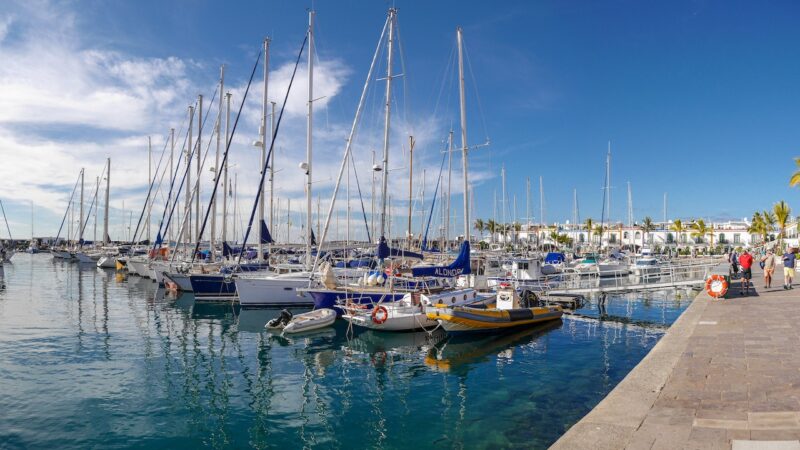
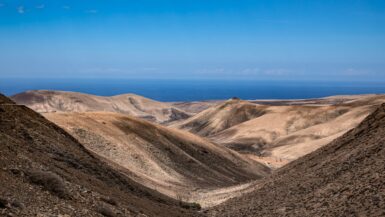
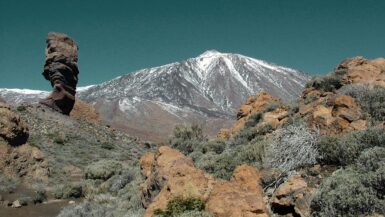
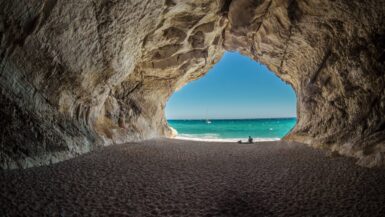
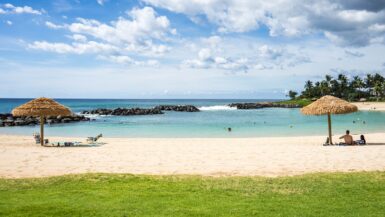


Leave a reply